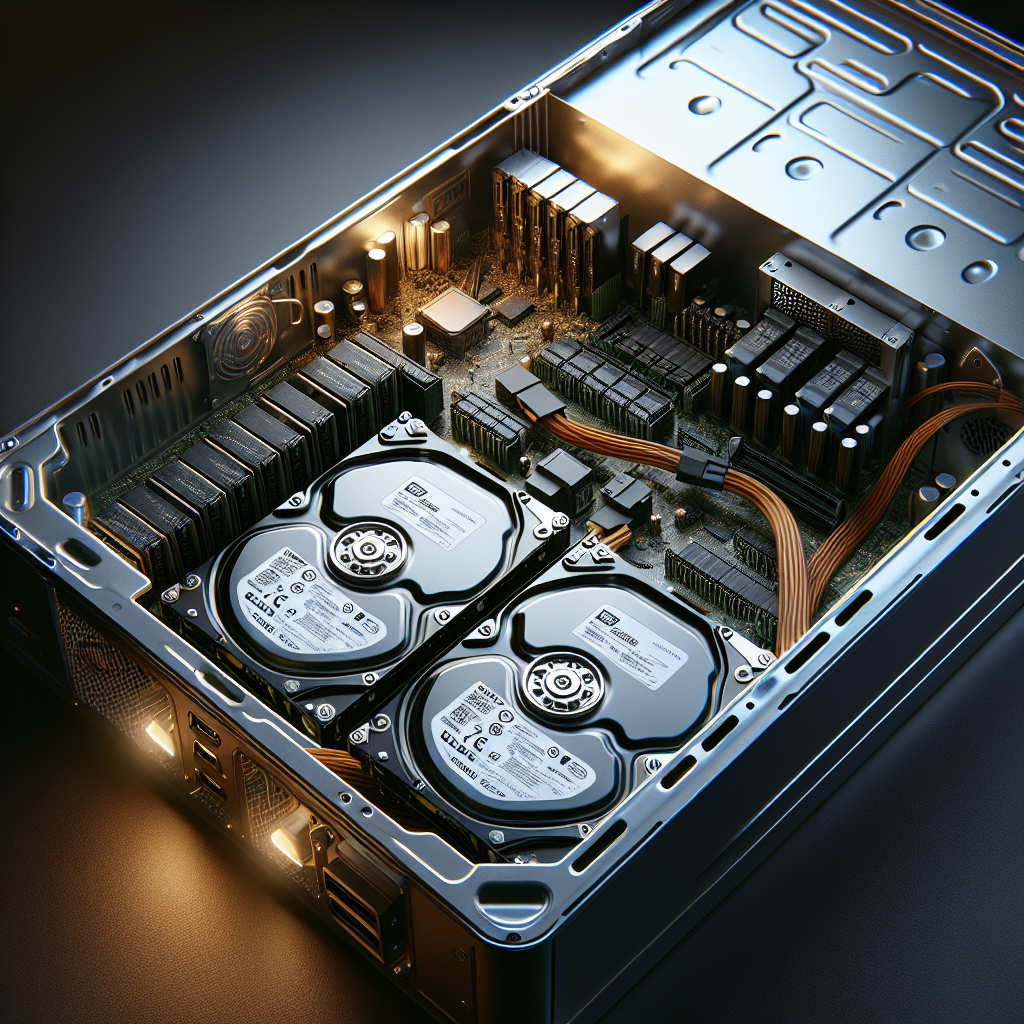Your cart is currently empty!
Understanding the Differences Between Internal and External Hard Disk Drives

In today’s digital age, storage space is a precious commodity. Whether you are a casual computer user or a professional in need of ample storage for your work files, understanding the differences between internal and external hard disk drives is crucial in making informed decisions about your storage needs.
Internal hard disk drives, as the name suggests, are housed inside your computer or laptop. They are used to store operating systems, software, and personal files. Internal hard drives are typically faster than external drives, as they are directly connected to the motherboard of your computer. This allows for quicker access to data, resulting in faster boot times and overall system performance.
External hard disk drives, on the other hand, are standalone devices that are connected to your computer via USB or Thunderbolt ports. They are commonly used for backing up files, storing media libraries, and transferring data between computers. External drives are portable and can be easily moved from one device to another, making them a convenient option for those who need to access their files on the go.
One of the main differences between internal and external hard disk drives is their storage capacity. Internal drives are typically larger in capacity, with options ranging from 500GB to several terabytes. External drives, on the other hand, are available in smaller capacities, usually ranging from 500GB to 4TB. This difference in capacity is due to the physical limitations of external drives, which are designed to be portable and lightweight.
Another key difference between internal and external drives is their price. Internal drives are generally more affordable than external drives, as they do not require additional casing or ports for connectivity. External drives, on the other hand, come with a premium price tag due to their portability and convenience.
When choosing between an internal and external hard disk drive, it is important to consider your specific needs and usage patterns. If you require fast and reliable storage for your operating system and software, an internal drive may be the best option for you. If you need to store large media libraries or backup files, an external drive may be more suitable for your needs.
In conclusion, understanding the differences between internal and external hard disk drives is essential in selecting the right storage solution for your needs. By considering factors such as speed, capacity, and price, you can make an informed decision that meets your storage requirements. Whether you opt for an internal or external drive, having ample storage space is crucial in today’s digital world.

Leave a Reply